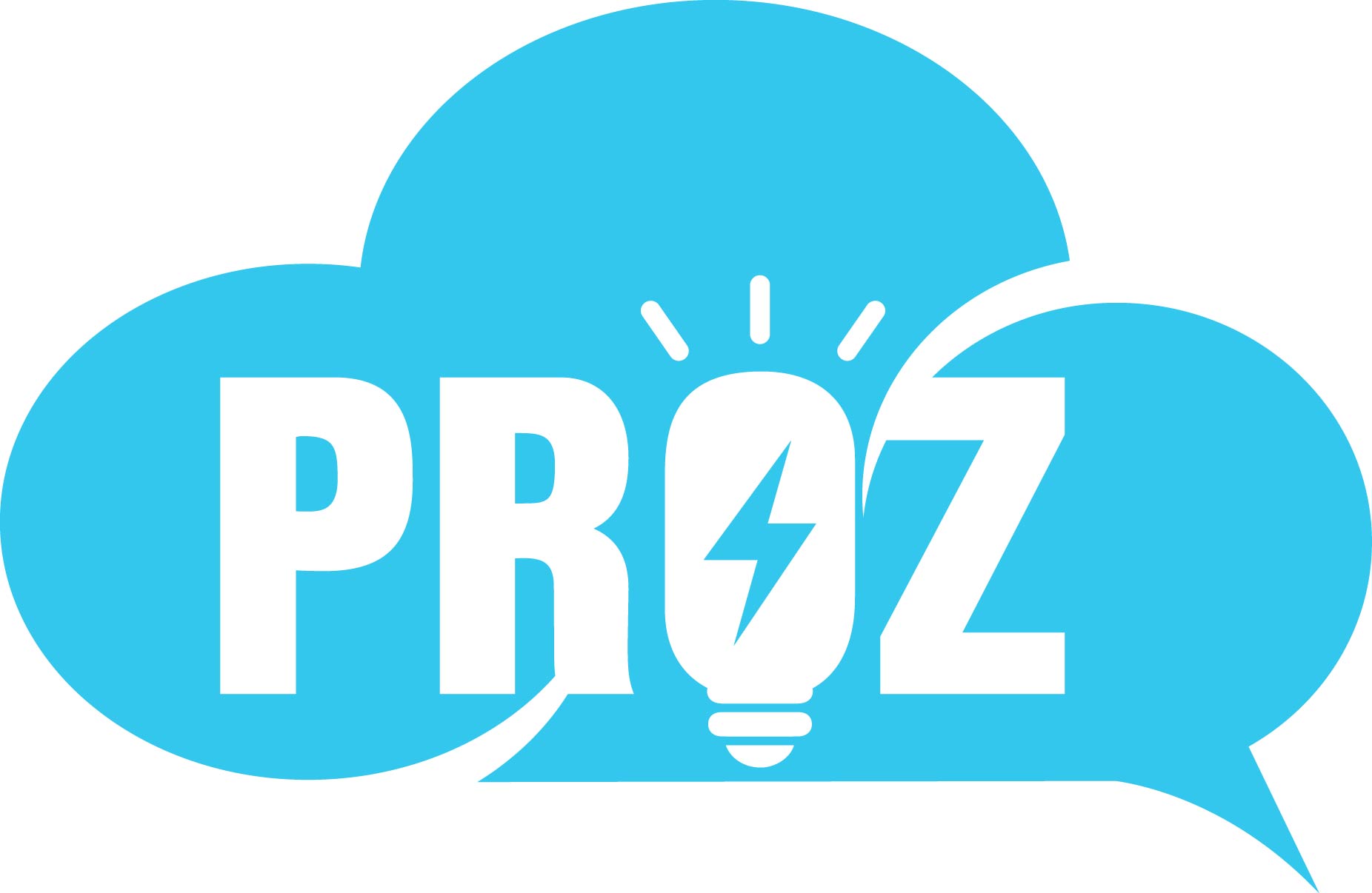For decades, writing for the internet was a soulless exercise in pleasing bots. We stuffed articles with keywords, built pages for crawlers, and focused on search engine ranking above all else. It was a game that wasn’t ideal for anyone.
But that game is changing, fast. Now, people are increasingly turning to ChatGPT and other large language models (LLMs) for information. They’re not looking for a list of links. They’re asking questions and expecting a direct, intelligent answer. This is a profound shift: Instead of searching, users are asking, and they expect thoughtful, nuanced, and context-aware responses.
That means the old playbook — built for rankings, not reasoning — is giving way to a new strategy built on authority. Now, writing to be cited by AI means crafting expert content that gets shared by machines in conversations with their users.
This concerns everyone, not just your content teams. This changes the way your company communicates and, more importantly, is discovered and understood.
How do you stay visible when your customers are skipping the search bar? Start by writing not just for people or algorithms, but also for AI reasoning. Salesforce has been evolving its strategy, and we’ll share six best practices in a bit.
The state of search
Google still dominates, driving more than 90% of search traffic, but AI use is growing fast. According to a December 2024 Bain & Company survey, 80% of consumers resolve 40% of their online searches without clicking a link. AI-generated summaries have already contributed to an estimated 15% drop in global search traffic.
This shift is happening because AI delivers direct answers, not just links. The goal for brands is no longer to win a click, but to be the source AI trusts enough to quote.
That’s why every company that publishes content needs to expand beyond keywords to an LLM-first approach.
“There’s a million things you can do now to tweak a page and have it show up in rankings and AI overviews,” said Graham Hardt, senior director of SEO at Salesforce. “People are having conversations with LLMs, and that changes how you map to the infinite number of prompts that someone might ask.”
How LLMs find and surface content
LLMs excel at understanding detailed or specific questions, those long-tail queries that search engines often struggle with. For example, ”What’s the best way to remove red wine stains from a silk shirt without damaging the fabric, and what products should I use?”
AI in SEO: A Complete Guide
The marriage of AI and SEO is a new frontier in digital marketing. In this guide, you’ll learn how AI improves keyword search, how AI helps with optimization, and much more.


LLMs can interpret these queries by analyzing the meaning behind the words, and matching relevant information even when exact keyword matches are rare. This means they can connect the dots across different pieces of content and generate useful, tailored responses.
Sometimes, LLMs use Retrieval Augmented Generation (RAG) to pull in extra information from verified sources. They don’t dump all the info on you, but choose the most useful bits to give you accurate and complete answers.
That’s why content must be clear, well-structured, and so deep on specific topics. When your pages are organized logically and use consistent patterns, LLMs can interpret them more accurately, and surface them when people ask less common, high-intent questions.
What’s the difference between writing for SEO and writing for LLMs?
Writing for LLMs versus traditional search is different in three key ways.
1. Skimming vs. structure
Traditional SEO content is written for humans to skim, with short paragraphs and bullet points. When writing for LLMs, your content needs stronger structure so algorithms can parse it. Use subheadings framed as real questions that readers might ask, like the one above. Break topics into clear, digestible sections so LLMs can identify individual facts and data points.
2. Reasoning vs. ranking
The old playbook was about getting your content to rank on page one of search results. The content’s purpose was to get readers to click to your website. If your page had a good title and was in a top position, you earned a click.
To succeed today, content needs to be effective for both traditional search and AI. You still need to rank high for traditional blue links, but your content also must be a source for AI Overviews and LLMs like ChatGPT and Gemini. This means your content must be structured for reasoning, not just ranking. The information needs to be so clear, factual, and well-organized that an AI can easily understand, extract, and rephrase it into a good response.
“AI Overviews are, in many ways, an extension of your website,” said Hardt. “That’s how you need to think about it, and craft your content accordingly.”
3. Keywords vs. authority
“Today, effective SEO is about providing the most authoritative, trustworthy, and helpful content for a given topic,” said Hardt. “It goes far beyond simply using keywords. Success depends on a holistic approach, including a strong information architecture and content structure, demonstrating expertise and authority (E-E-A-T), and building a valuable back-link profile.”
The goal, he says, isn’t to jam keywords into content, but to create a high-quality resource that earns its place at the top of a list of sources by providing a superior user experience and real value.
If you’ve done all this, you’ve also positioned your content to be a trusted source for AI search.
AI Overviews and LLMs prioritize authority and trust. They seek the most credible, comprehensive, and up-to-date sources to form their answer. So, your goal is to become a subject matter expert, developing content that AI can cite as the knowledgeable source.
6 tips on writing for AI
With AI Overviews and LLMs reshaping how people find information, writing exclusively for search rankings no longer works. To stay visible and relevant, your content must be worth quoting directly.
This shift demands a companywide rethink of how you plan, create, and structure content. Here’s how we’re approaching it at Salesforce.
1. Write clearly and succinctly
Use simple, conversational language and clear, concise sentences. Include “last updated” dates to tell the LLM how recently your content was refreshed.
2. Help algorithms trust you
LLMs reward content that’s trustworthy and shows expertise. Link to reputable sources, and include author bios demonstrating the writer’s credentials. Add quotes, and refresh your pages every six months. Remember, stale content gets ignored.
3. Make content easy to read and understand
Structure is key. Use headings and subheadings, and a logical flow. Frame subheadings as linear questions readers (and AIs) might ask, like “What is an AI agent?” followed by “How do agents work?”
To make your content even more effective, add schema markup in the code on your page. This language acts as a translator, explicitly telling search engines and AI the meaning of your content, which makes you a more likely source for their answers.
4. Use TL/DRs
LLMs love TL/DRs (too long, didn’t read). Begin your content with a short, bulleted list of key takeaways that match the user’s intent. The TL/DR gives context, not just navigation, helping an LLM see your page as relevant.
5. Use FAQs wherever possible
An FAQ helps users and LLMs quickly find answers to common questions, and boosts your chance of being featured in an AI Overview or a Google snippet. Use natural language that matches how users ask questions. For ideas, see Google’s “People Also Ask” section or Answer the Public.
Salesforce is already taking steps with FAQs, and plans to add FAQs on all authoritative, product and pricing web pages by year’s end.
6. Help, don’t sell
When people ask an LLM a question, they’re looking for helpful answers, not a sales pitch. Focus your content on identifying and solving a problem.
Hardt also advises companies to research long-tail, natural language questions that people are asking.
“A lot of people are asking longer-tail questions like ‘What is the best CRM software in 2025 for small businesses?’ These types of queries may have less volume, and they may not get asked very often, but they demonstrate specific intent and let you know what people want,” he said.
Authority and clarity rule
Ultimately, this shift isn’t about technology; it’s about trust and usefulness. The old SEO game was a series of tactical moves to earn a click. The new game is a mandate for authority, authenticity, and clarity. It’s a return to the core principles of good communication, but with a new audience: AI models that act as the gateway to a world of information.
What’s your agentic AI strategy?
Our playbook is your free guide to becoming an agentic enterprise. Learn about use cases, deployment, and AI skills, and download interactive worksheets for your team.








